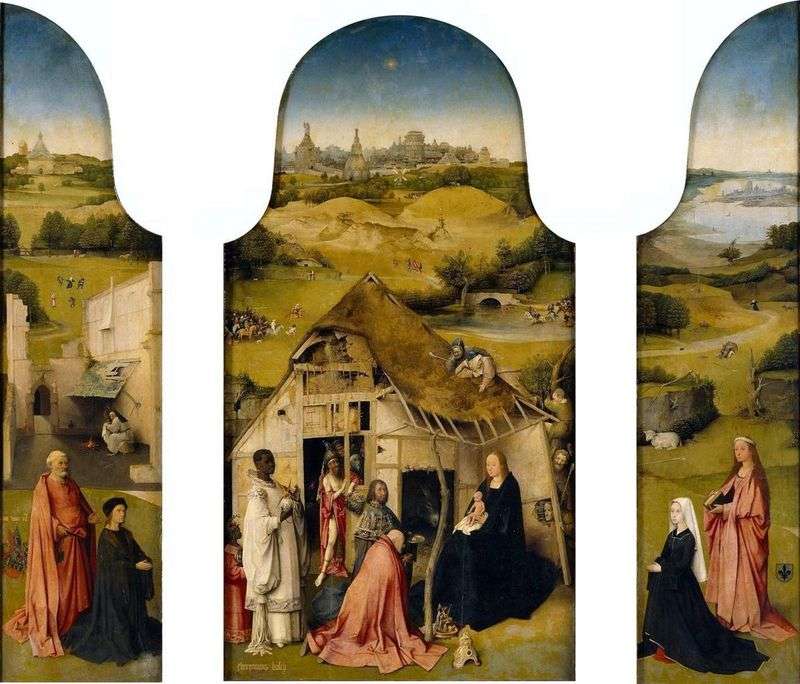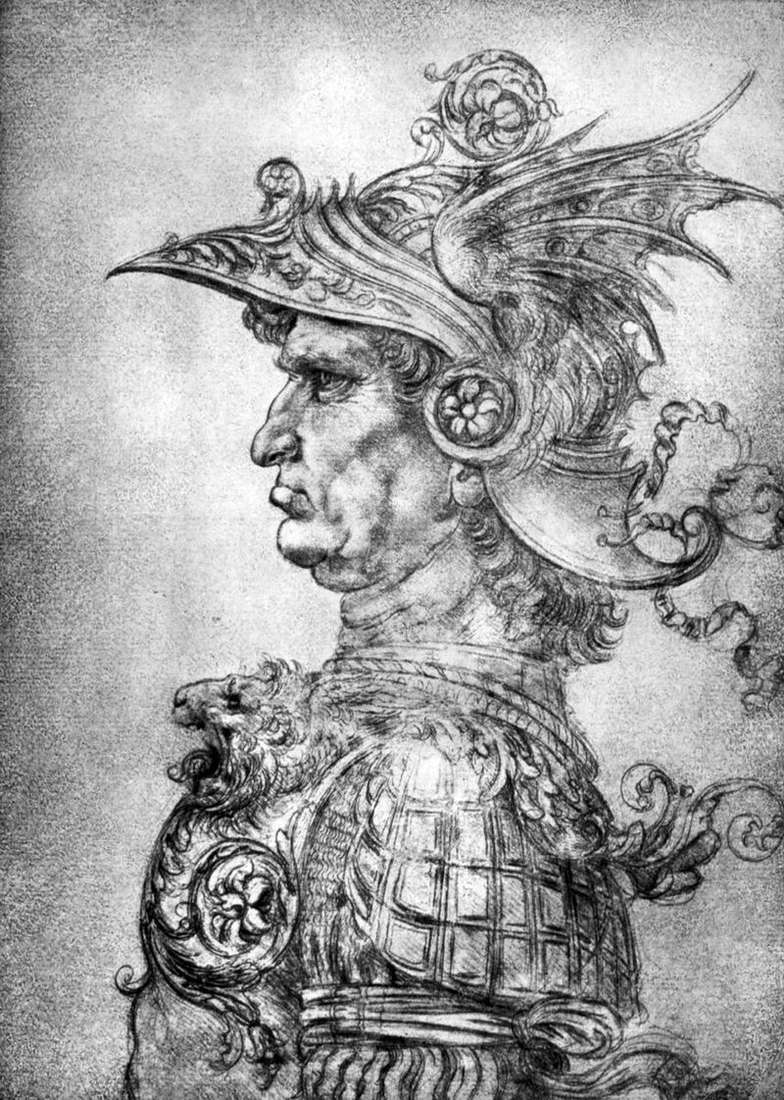
The receipt of this order, the condition of which is the writing of the plot of the worship of the Magi to the newborn Jesus, may also have been done without the help of Piero da Vinci, who was a notary and the monastery of San Donato.
A written agreement on the “Adoration of the Magi” shows that it was common practice at that time to pay the artist “in kind”. Money for the creation of the image was donated in 1479 by the manufacturer, the manufacturer of the saddles. The main payment for the work of Leonardo, which was to be carried out within 24-30 months, was one third of the land plot in Valdelz, located between Florence and Siena. Judging by the record, this land was given to the monastery by “Simon, Francesco’s father”. Under the contract, the monks could redeem this site back – for 300 florins for three years. One of the paragraphs of the treaty is very strange: Leonardo was to issue 150 florins for a dowry “the daughter of Salvestro di Giovanni,” the granddaughter of the patron saint of the monastery.
The work was not completed, and the contract was terminated. But this agreement shows that the artists were paid not only money. From other documents we know that Leonardo was paid with wine, and wood, and grain.
The development of infrared technology to study painting allowed us to see what lies beneath the gloomy translucent brown paint covering the surface of the canvas. Recently conducted by a respected Florentine scholar and art historian, Professor Maurizio Seracini, who studies Leonardo’s works for many years, the analyzes proved that the sketches created by Leonardo were later covered with a layer of brownish paint. Judging by the style, this addition was made not by Leonardo’s hand. Perhaps, it was necessary to bring to the uniformity of many different scenes and destroy the republican implication, which could be associated with the iconography of images.
Historians have been arguing for many years about Leonardo’s sketch for the Adoration of the Magi. Several sketches of the general plan, as well as sketches of individual figures show that Leonardo always changed the composition several times. In the center of the canvas is a traditional scene, as it is described in the Gospel of Matthew: the worship of the Magi, or the wise, the Madonna and the Child. The Magi surround them and kneel before them. Perhaps Leonardo intended to build a visual series so as to shift the focus to the meeting of the three world powers: Asia, Africa and Europe, united by the birth of Christ and the spread of Christianity.
A young, full of inspiration for the artist could be interested in a slightly different interpretation of the traditional scene. In the background, the viewer sees the battle. Does it symbolize the repression of paganism by Christianity? One thing is certain: in this work, Leonardo studies the image of emotions on the faces of the Holy Family and the Magi, who in a certain way interact with the rhythm of movement in the background of the picture.
Preparatory work for the “Worship of the Magi” lasted from March to September 1481, but remained unfinished in connection with the departure of Leonardo in Milan. Vasari comments on the sketches of the work: “He began to write the canvas” Adoration of the Magi “, on which we see many beautiful images, especially the heads…, and which also remained incomplete, like his other works.” Leonardo left in Florence this painting and the painting “Saint Jerome”, started earlier. Years later, when the monks stopped hoping that Leonardo would one day finish work, the order was transferred to Filiplino Lippi. The scene, the landscape and the location of the figures are similar to the Sketches of Leonardo.
 Adoration of the Magi by Hans Baldung
Adoration of the Magi by Hans Baldung Adoration of the Magi by Domenico Ghirlandaio
Adoration of the Magi by Domenico Ghirlandaio Self Portrait by Leonardo Da Vinci
Self Portrait by Leonardo Da Vinci Adoration of the Magi by Hieronymus Bosch
Adoration of the Magi by Hieronymus Bosch Warrior in helmet and armor by Leonardo da Vinci
Warrior in helmet and armor by Leonardo da Vinci Adoration of the Magi. The altar of Zanobi by Sandro Botticelli
Adoration of the Magi. The altar of Zanobi by Sandro Botticelli The Adoration of the Magi by Albrecht Durer
The Adoration of the Magi by Albrecht Durer Adoration of the Magi by Masaccio
Adoration of the Magi by Masaccio